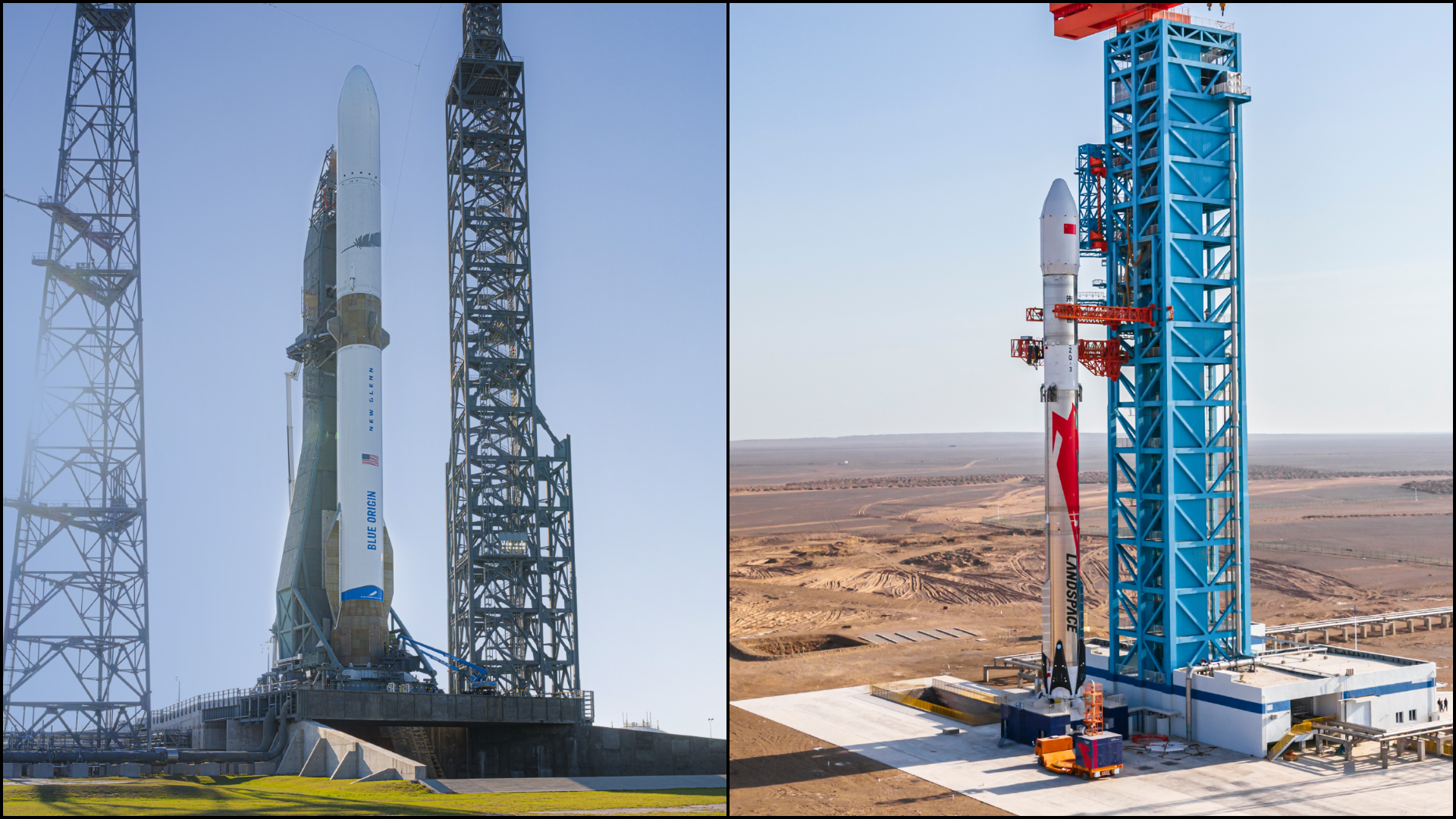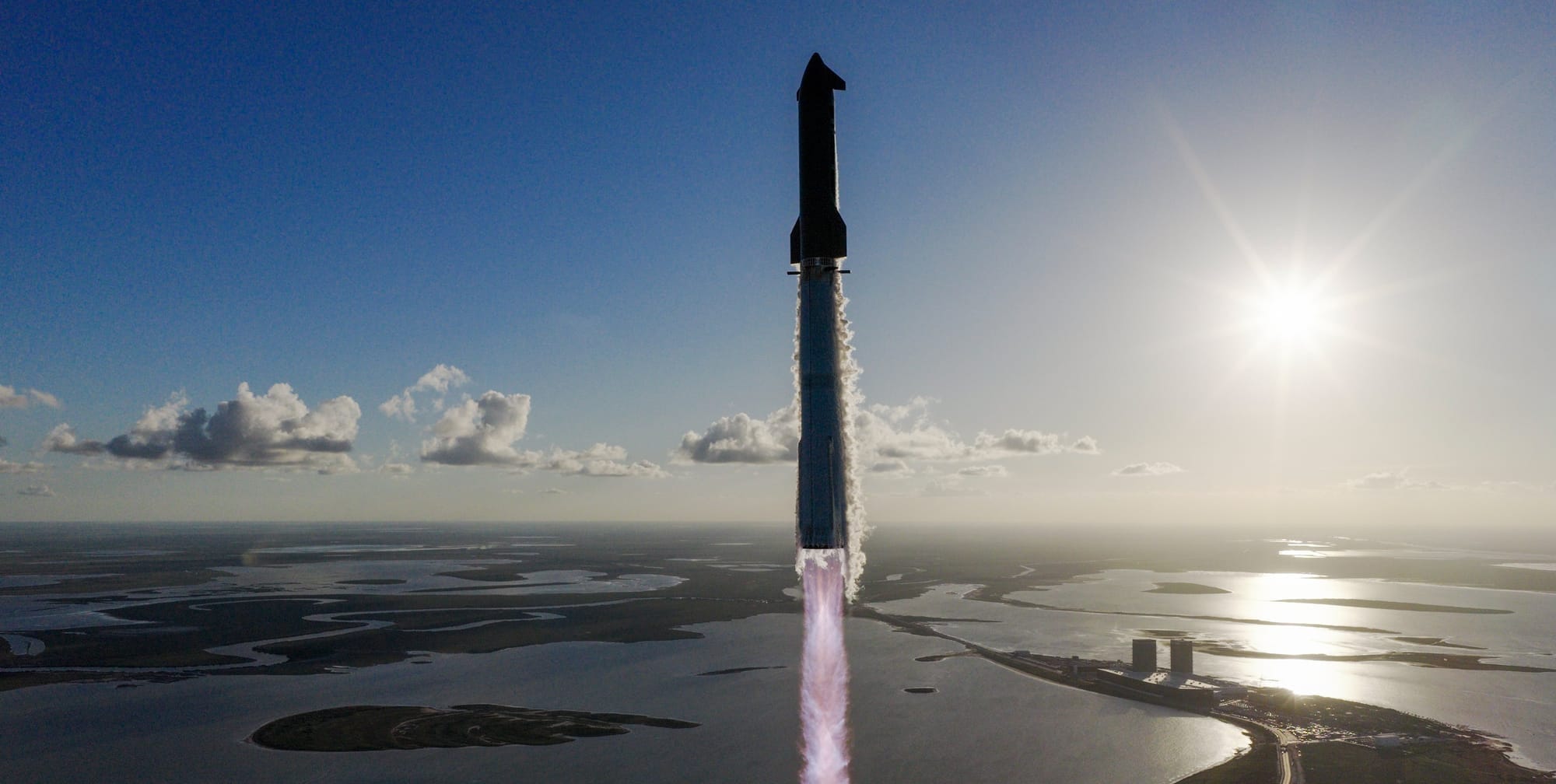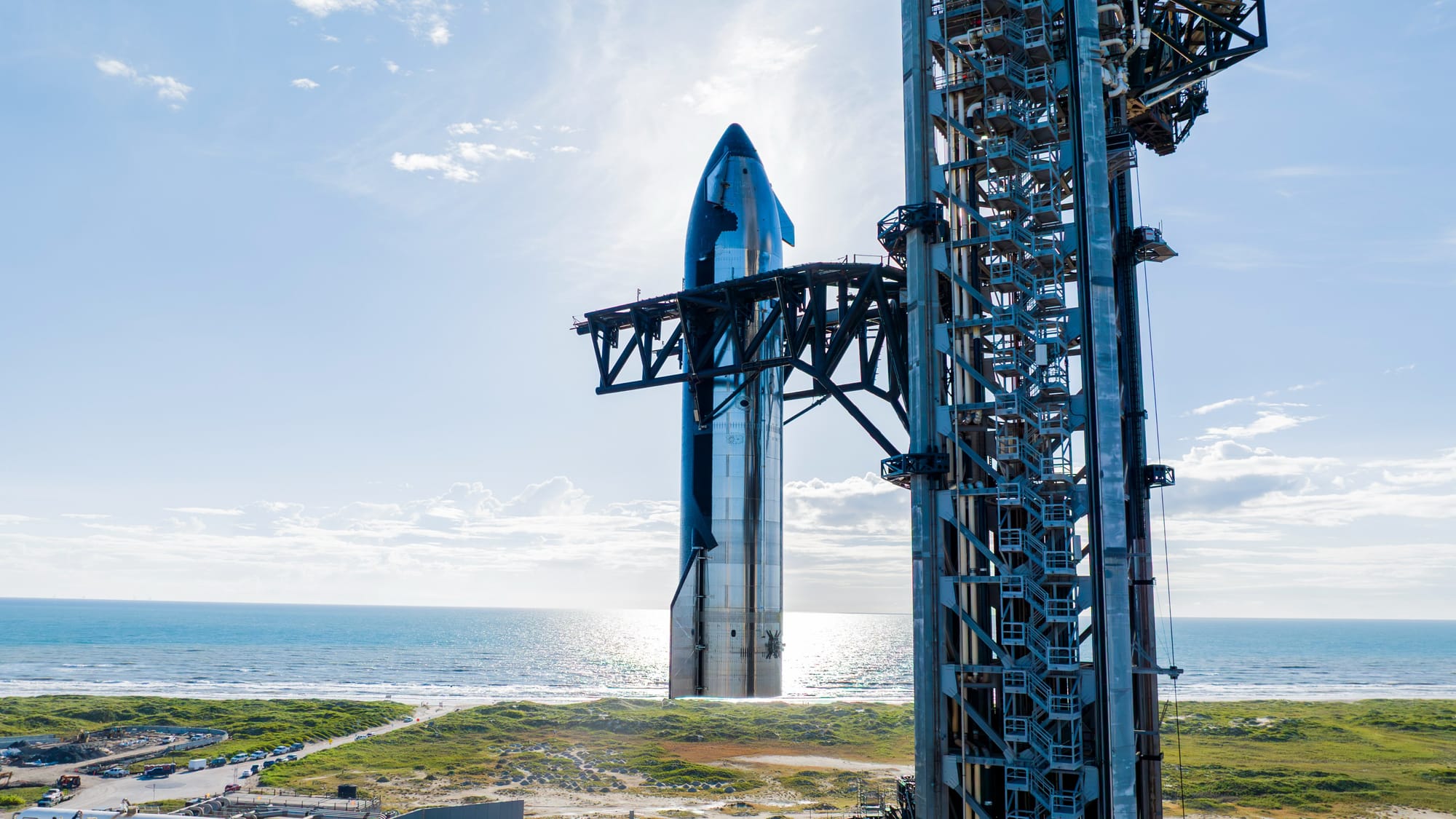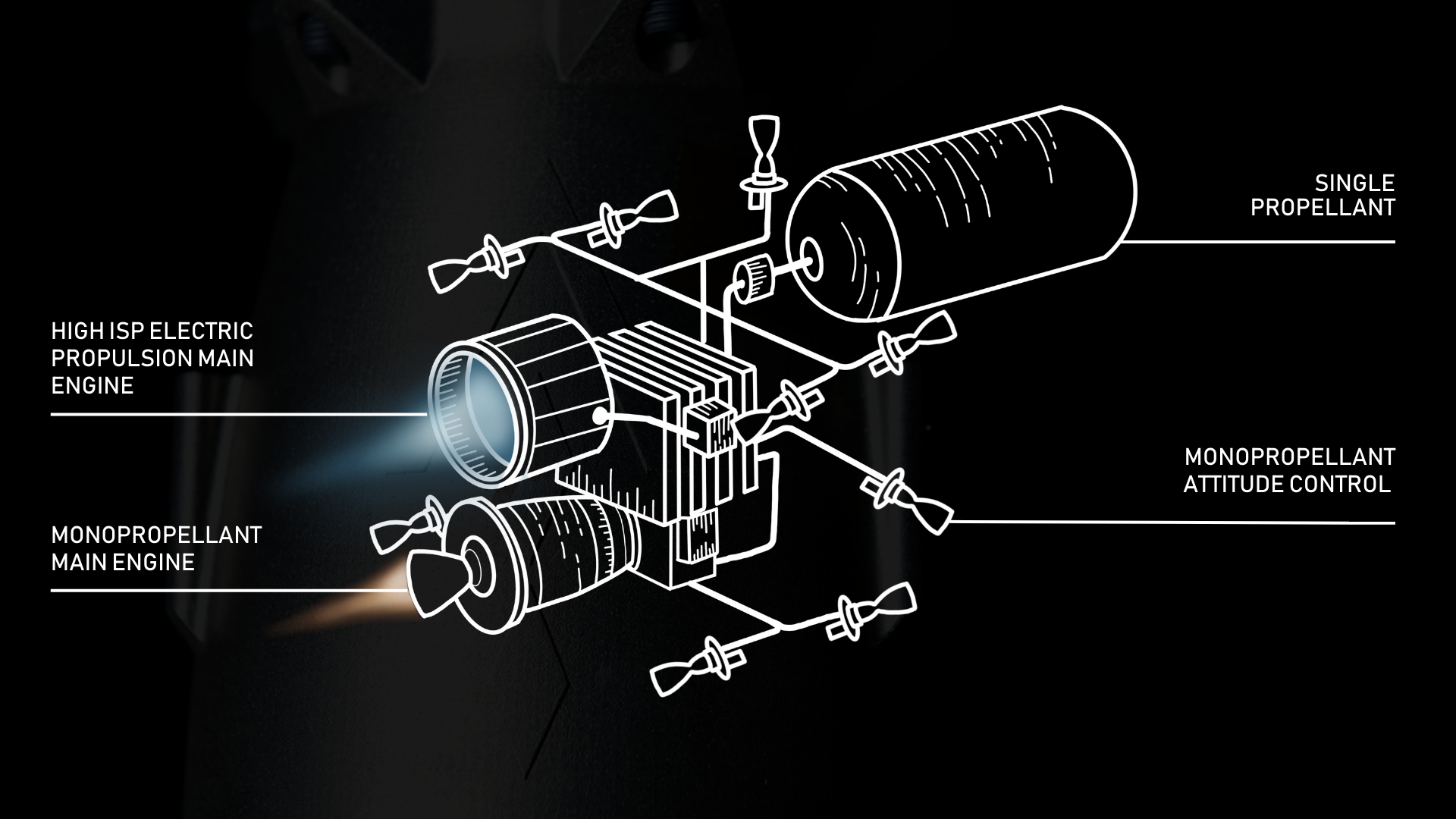Table of Contents
Gilmour Space, an Australian space launch company, is preparing to launch its Eris-1 rocket on its first flight, as soon as May 15th. For the first flight, the company has a ten-hour-long launch window from the Bowen Orbital Spaceport in northeastern Australia.
Should the launch go ahead on the 15th, it would be the first orbital launch from Australia in over fifty years and the first time an Australian-made rocket reaches orbit. The last time a launch was conducted from the country was in 1971 when the United Kingdom's Black Arrow delivered the Prospero satellite into low Earth orbit.
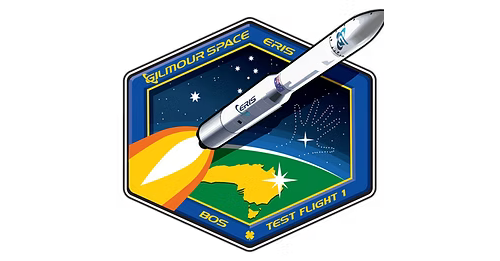
The Eris-1 rocket is on the smaller side for an orbital rocket, being just 25 meters tall but consisting of three stages. Stage one has a diameter of 2 meters, while the second-stage has a diameter of 1.5 meters along with the fairing. For payload capacity, Eris-1 is claimed to be able to lift around 300 kilograms to low Earth orbit.
Powering Eris-1's first-stage at liftoff will be four Sirius hybrid rocket motors, burning a mixture of solid propellant and liquid fuel, to generate a combined 46.9 tons of thrust. A single Sirius motor will power the second-stage to generate 11.7 tons of thrust. Both the first and second stages will burn for around 100 seconds. For reaching orbit, a Phoenix liquid propellant engine will burn for around 120 seconds.

In later flights, as soon as 2026, Eris-1 will be improved via a 'Block 2' version, boosting its payload capacity to 1,000 kilograms. An even more capable variant of the rocket, Eris Heavy, is planned to lift 4,000 kilograms into orbit several years from now.
Eris-1's first flight has been in the works for a few months, with the company expecting to fly back in March, having received a launch permit in November 2024. Ahead of a possible March launch, the company in late February, quoting Adam Gilmour, their Co-founder and Chief Executive Officer, highlighted three points to keep in mind during the launch campaign:
"Firstly, it's important to understand that delays or 'scrubs' are a normal part of rocket launches. These can last anywhere from hours to days, or even weeks, and are often caused by weather conditions, technical issues, or other factors. "Safety is always the top priority. We'll only launch when we're ready, and when conditions are appropriate," he said."
"Secondly, the first launch is always the hardest. Reaching orbit is a highly complex engineering challenge, and every successful rocket company has faced setbacks in their early attempts—SpaceX, for one, did it on their fourth attempt. "It's almost unheard of for a private rocket company to launch successfully to orbit the first time. Whether we make it off the pad, reach max Q, or get all the way to space, what's important is that every second of flight will deliver valuable data that will improve our rocket's reliability and performance for future launches.""
"Thirdly, this is the road we must take to build sovereign space capability that will be critical for Australia's future. Launching Australian-owned and controlled rockets from home soil means more high-tech jobs, greater security, economic growth, and technological independence. "Only six countries in the world are launching regularly to space using their own technology, and Australia could soon be one of them.""
Wrapping up the press release from February, Adam Gilmour added:
"I want to thank our incredible team at GIlmour Space for all their hard work and dedication in getting to this critical first flight. Whatever happens next, know that you've already made history—we now build rockets in Australia. And this is only the beginning."



